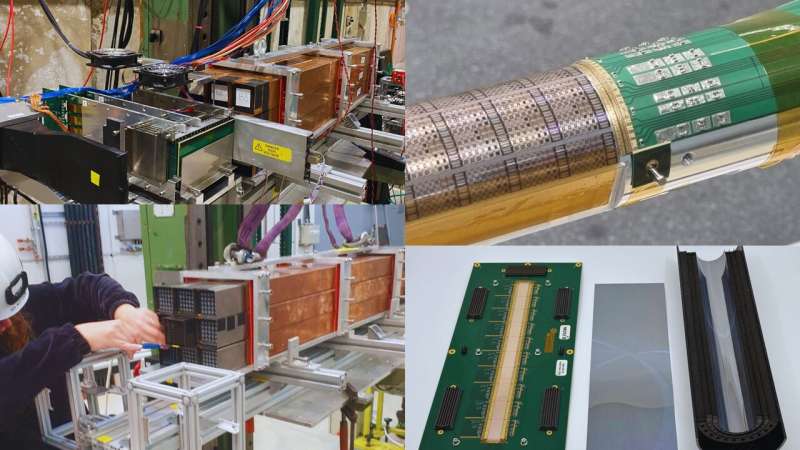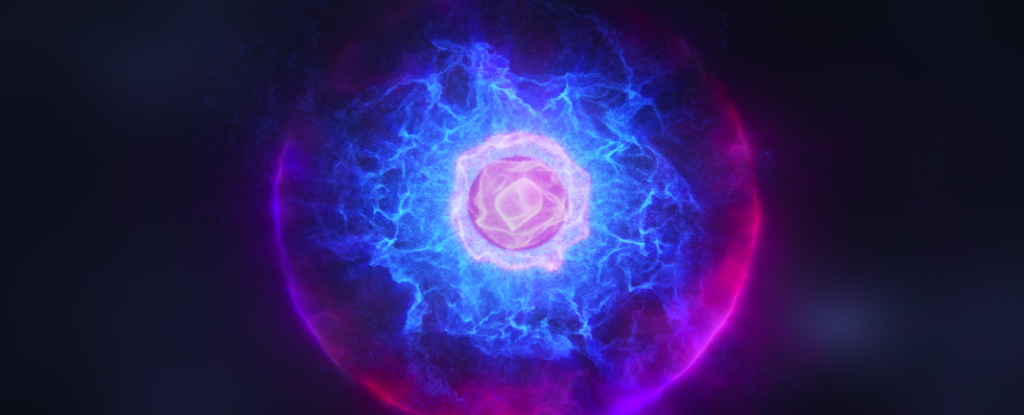The new instrument could help scientists tailor plasma to produce more fusion heat
The ALPACA measuring device is aligning with red and green lasers. Credit: Laszlo Horvath / PPPL Creating heat from fusion reactions requires carefully manipulating the properties of plasma, the electrically charged fourth state of matter that makes up 99% of the visible universe. Now, scientists at the US Department of Energy’s (DOE) Princeton Plasma Physics … Read more







